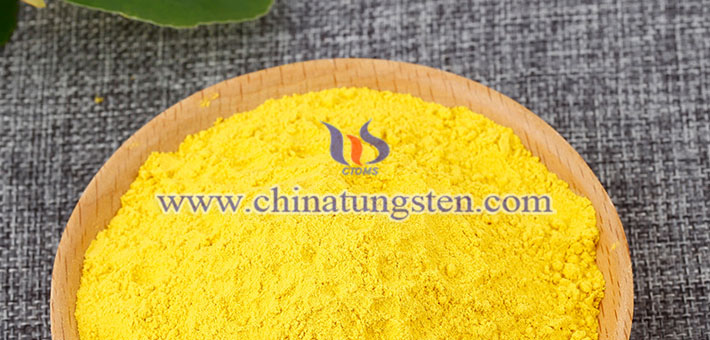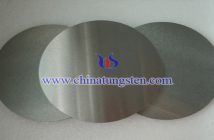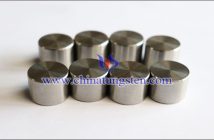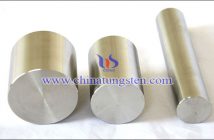What effect does the tungsten oxide electrochromic film for producing thermal insulating window glass have on the cycle stability of electrochromic devices? Through the XPS analysis of tungsten trioxide electrochromic thin film, the experts reached the following conclusions:
More details, please visit:
http://www.tungsten-powder.com/tungsten-oxide.html

The WO3 electrochromic thin film, the electrochromic layer of the electrochromic device, is one of the factors that generate bubbles. And it also is one of the factors affecting the cycle life of the device: intrinsic degradation. In this regard, experts explained that the reason for this phenomenon is that: There are Li+ and ClO4- in the prepared electrolyte. After applying an external voltage to the device, Li+ in the electrolyte moves to the negative electrode due to the action of the electric field, and is injected in WO3 electrochromic thin film to form tungsten bronze "LiWO3" after entering the WO3 lattice gap. As the number of cycles increase, Li+ injected in the WO3 film will accumulate in the WO3 lattice. In order to maintain electrical neutrality, ClO4- will also accumulate at the counter electrode FTO. Even when the applied voltage is a reverse voltage, the film does not completely new_ to a colorless state, and more bubbles are generated. Finally, experts say that the study of the cycle stability of electrochromic layers has provided a lot of inspiration for the preparation of electrochromic layers, especially to delay the intrinsic degradation of the electrochromic layer.




